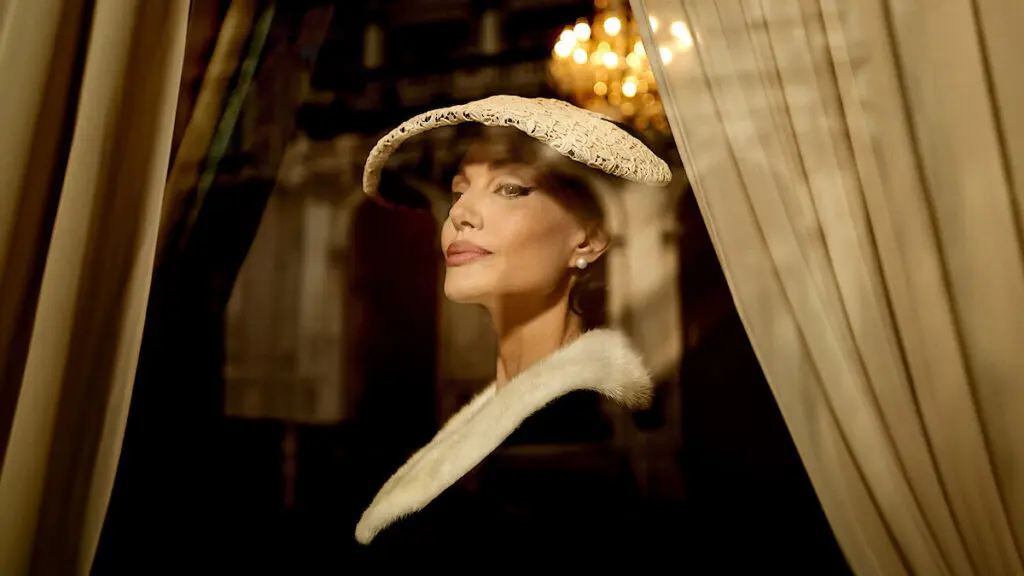Summary
A show-stopping performance from Angelina Jolie elevates Pablo Larrain’s Maria, even if it falls slightly short of Jackie and Spencer in other areas.
Pablo Larrain rounds out his trilogy about iconic women of the 20th century with Maria, a film centered around the famed opera singer Maria Callas. Academy Award winner Angelina Jolie stars as the renowned performer, delivering career-best work, and the film was one of the red carpet premieres at the 2024 AFI Film Festival ahead of its global streaming release on Netflix.
Like Jackie and Spencer, Lorrain’s Maria is centered around a powerful woman whose life is in the public eye. It follows Maria Callas during the final years of her life in the 1970s while living in Paris.
Lorrain reunites with Stephen Knight, who wrote the screenplay for Spencer. While Jackie Kennedy and Princess Diana were two household names, Lorrian tackles a less-known figure here. However, like the previous two films, you are following a woman who felt the overbearing feeling of fame. Knight’s ability to capture this feeling while Lorrain brings it to vivid life is remarkable.
Maria opens with us seeing Callas in a lavish nightgown, slowly collapsing to her death inside her Paris apartment. The film rewinds to a week prior, leading up to this moment, combined with non-linear storytelling depicting her life. Callas hasn’t sung in public for nearly five years as she has almost felt imprisoned by her voice. Its hold on her doesn’t allow her to listen to her own music without making her feel a certain way.

Angelina Jolie in Maria | Image via Netflix
Between Eternals, Those Who Wish Me Dead, and Maleficent, we haven’t seen Angelina Jolie sink her teeth into a role in quite some time. When stuff like that happens, you almost forget how great an actor she is. Jolie sinks her teeth into Callas between capturing her voice (she does sing) and capturing the demeanor of her final days. While she’s had great performances, this is Jolie’s best.
The below-the-line aspects of Maria are an awe-inspiring journey. The whimsical opera periodically placed throughout the film by composers Verdi, Puccini, and Rossini allows you to engulf yourself in that aspect of the film. Edward Lachman’s stunning visuals capture 70s Paris beautifully. There are stunning monochrome flashbacks which should lead to Lachman getting an Academy Award nomination for his work. The same can be said for Massimo Catini Parrini’s costume designs—absolutely jaw-dropping work.
I struggled with connecting emotionally to Knight’s script. In Spencer, you felt this claustrophobic, empathetic, and emotional journey through the eyes of Princess Diana. With Maria, you find yourself invested because of Jolie’s acting portrayal of Callas, not because of the screenplay. I wanted to feel more, and it lacked exploration of why Callas felt the way she did.
Ultimately, Pablo Larrain finishes his trilogy with a poignant look at an opera legend. While it might not be as strong as the other two films, Angelina Jolie’s Oscar-worthy performance makes Maria a must-watch. If you have the chance to catch this on the big screen, do so, because the power of Maria Callas’ voice and whimsical opera used throughout demands it.




